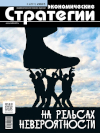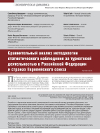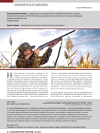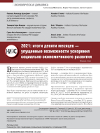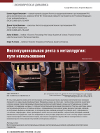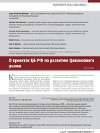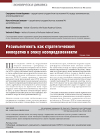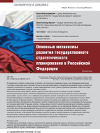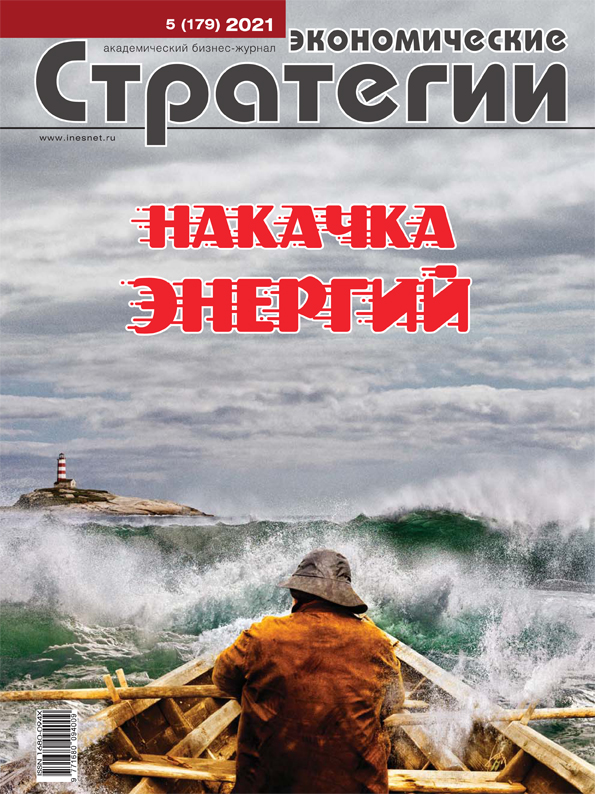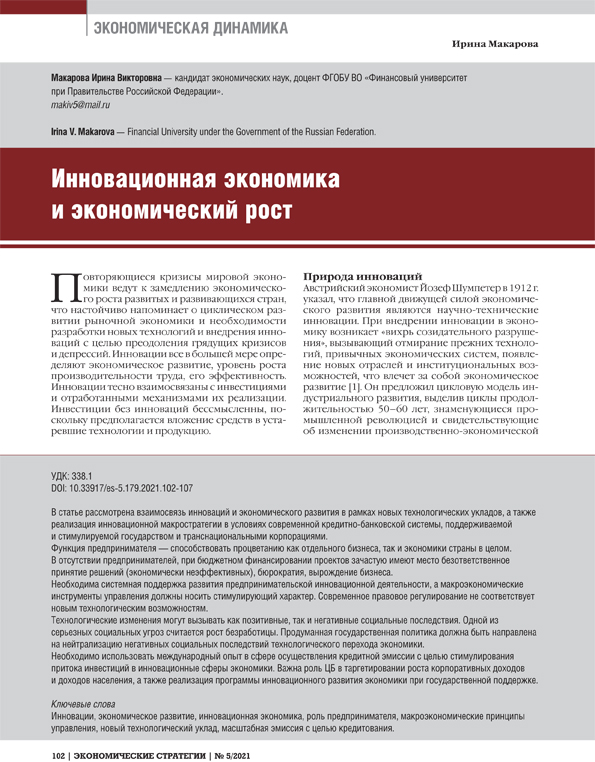Key Models for Building Rapid Economic Development Strategies
DOI: 10.33917/es-3.201.2025.86-91
In the modern world, fundamentally new qualities have emerged. Without taking them into account, it is impossible to discuss seriously the prospects of technological innovations or socio-economic development problems. An adequate analytical apparatus is needed for analysis and management in the new reality (the so-called rapid development economy). It should be based on very simple models related to the nature of key innovations in the modern world economy and effective for wide application. The article shows that due to mass technologies of different nature, there is a tendency to form a mechanism providing optimization of the economic development process. Its effect reduces the impact of the key constraint on the economy of rapid development that occurs with increasing integration and the pace of change. This determines specific models of the rapid development economy and changes in the analytical apparatus of decision-making management. Key models for building strategies of the rapid development economy are proposed and examples of their application are reviewed.
References:
1. Firstov Yu.P., Nekhoroshkin N.I., Pakhomov S.V. Osobennosti strategiy tsifrovoy ekonomiki (ekonomiki bystrogo razvitiya). Chast’ 1 [Features of Digital Economy Strategies (Rapid Development Economy). Part 1]. Segodnya i zavtra rossiyskoy ekonomiki, 2019, pp. 82–93.
2. Glaz’ev S.Yu. Ryvok v budushchee. Rossiya v novykh mirokhozyaystvennom i tekhnologicheskom ukladakh. (Kollektsiya Izborskogo kluba) [A Leap into the Future. Russia in the New World Economic and Technological Orders. (Izborsk Club Collection)]. Moscow, Knizhnyy mir, 2018, 768 p.
3. Shvab K. Chetvertaya promyshlennaya revolyutsiya [Top Business Awards]. Moscow, Eksmo, 2016, 110 p.
4. Khazin M.L. Vospominaniya o budushchem. Idei sovremennoy ekonomiki [Memories of the Future. Ideas of Modern Economy]. Moscow, Pal’mira, 2019,
463 p.
5. Diasoft [Website], available at: https://www.diasoft.ru/
6. Neoeconomika [Website], available at: https://www neoeconomika.ru


